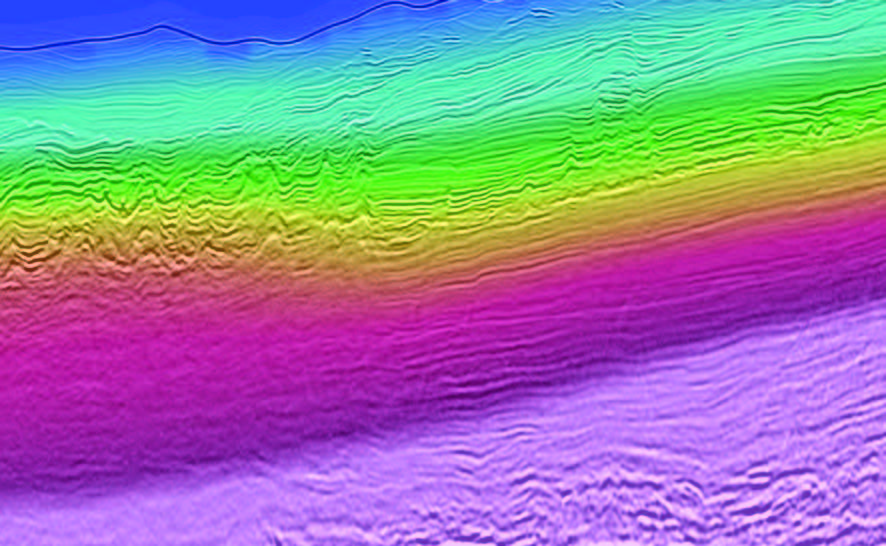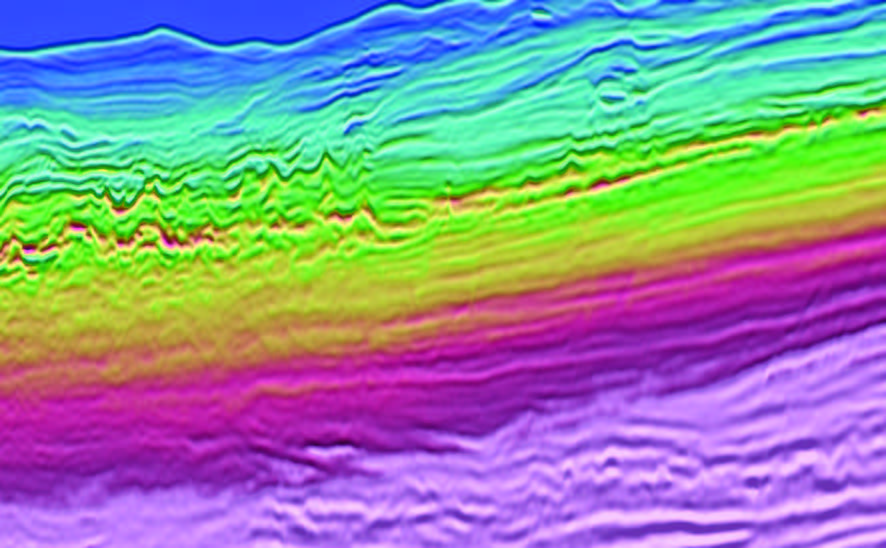First Published: GEOExPro, September 2023
by Adriana Citlali Ramírez Simon Baldock and Stuart Fairhead, TGS
Full Wave Inversion (FWI) delivers added value and detailed velocities, enabling direct extraction of seismic images for improved interpretability and decision-making.
FWI is a sophisticated model-building technique. This method has traversed a remarkable journey, from its nascent stages in the 1980s to its near failure around 2000, battling with limited computational capabilities. With the exponential growth in computational power over the years, FWI has experienced significant advancement and a place as a vital model-building technology in current workflows.
Today, we are creating derivative products of FWI to allow direct extraction of seismic images. These images, FWI-derived reflectivity, provide complementary views of the subsurface to the standard images produced with seismic migration.
The beauty of FWI Imaging lies in its ability to adapt to various geophysical survey scenarios and handle complex subsurface conditions. As a model-matching technique minimizing differences between observed and modeled seismic waveforms, it can reproduce more of the true model's
features that are not always well illuminated by traditional seismic imaging given a survey design, illumination gaps, noise, residual multiples, etc. FWI iteratively builds these features into the model to better match the different types of measured waves. The future that we are starting to see accelerate is the realization of full wavefield scattering analysis of the data, generating models, structural maps, and imaged attributes such as gathers and angle stacks through
FWI-based technology without needing or attempting to explicitly follow a traditional processing, model building, and imaging workflow.


(Top) Original Kirchhoff PSDM line (no deghosting applied) from 2010 overlaid with the tomography-based velocity model from 2010 (the mass transit complexes in the shallow section generate signal absorption and scattering); (Bottom) Latest 2023 hi-res DM FWI(40Hz) derived velocity model and associated FWI Image (enhanced image resolution with increased S/N, better illumination, and improved amplitude consistency).
Read the full article HERE

